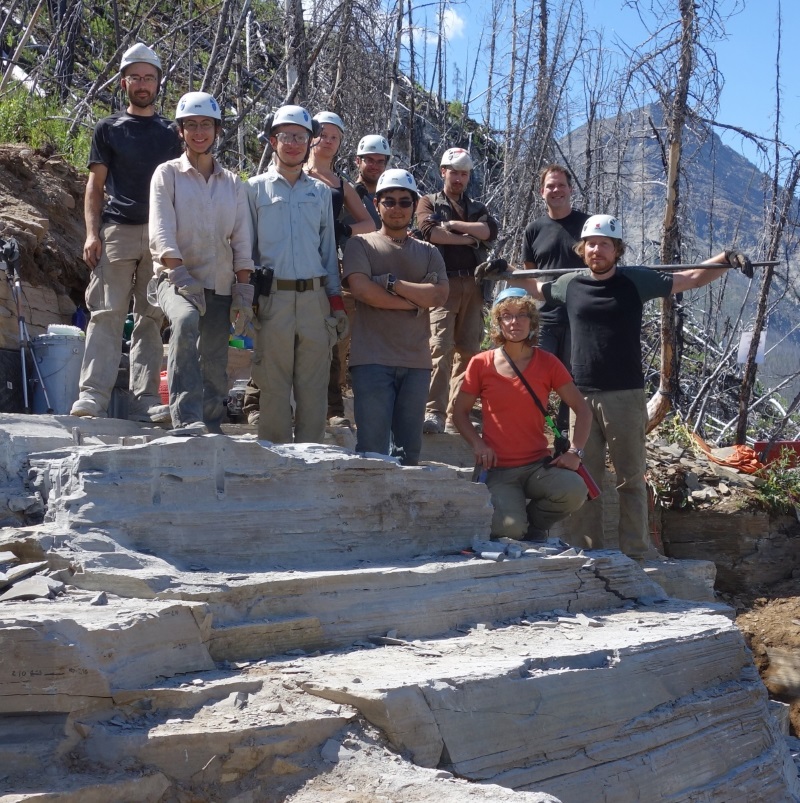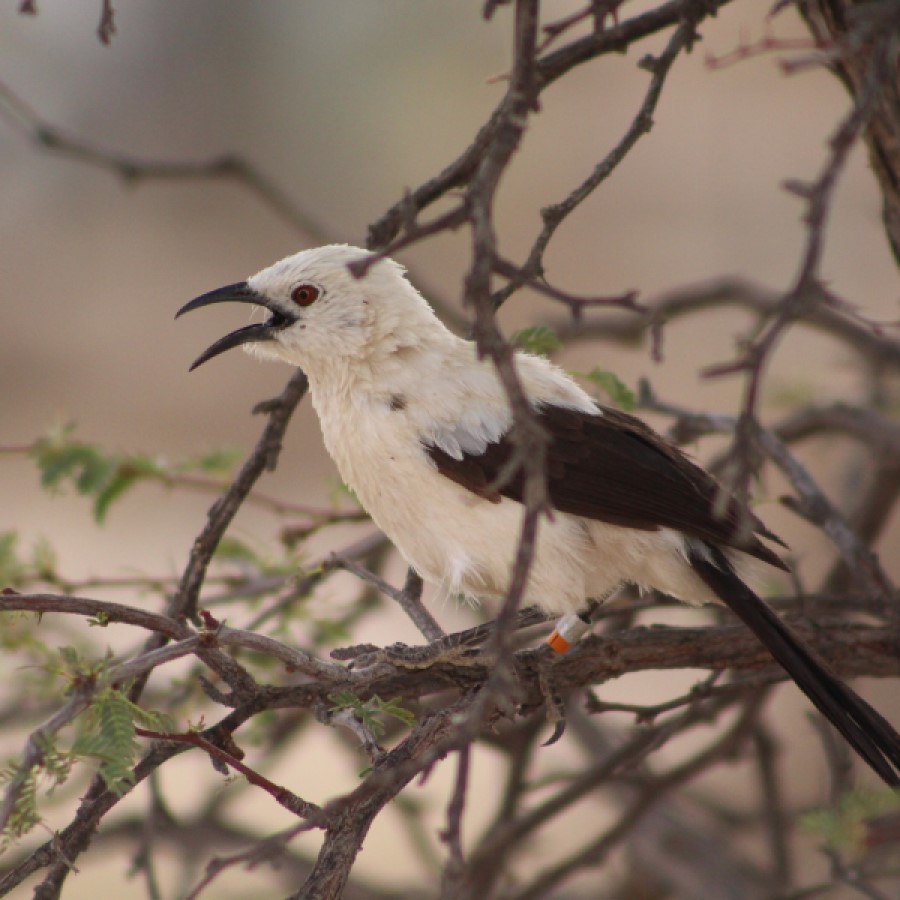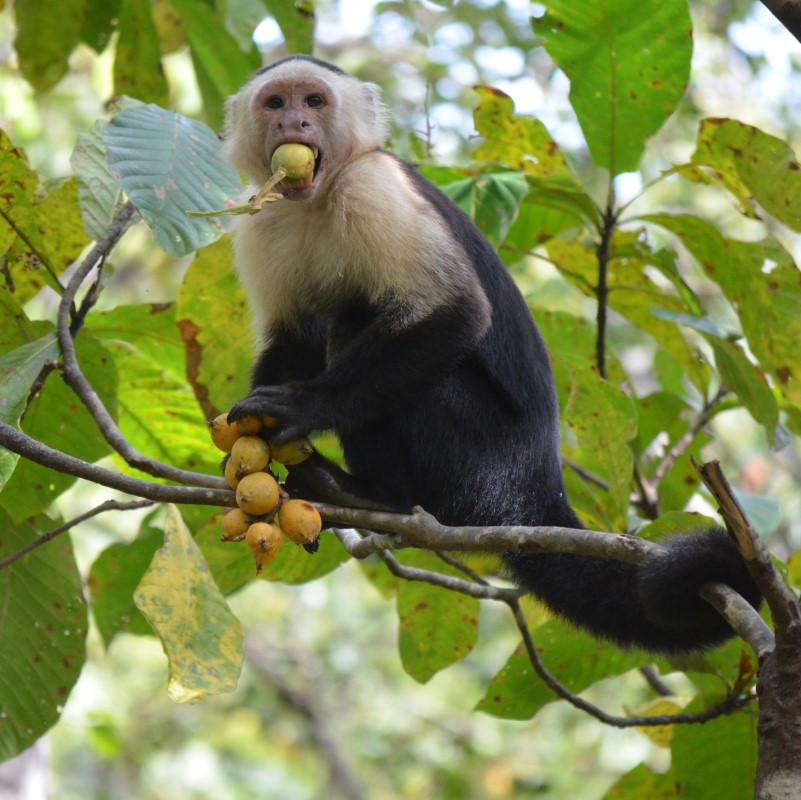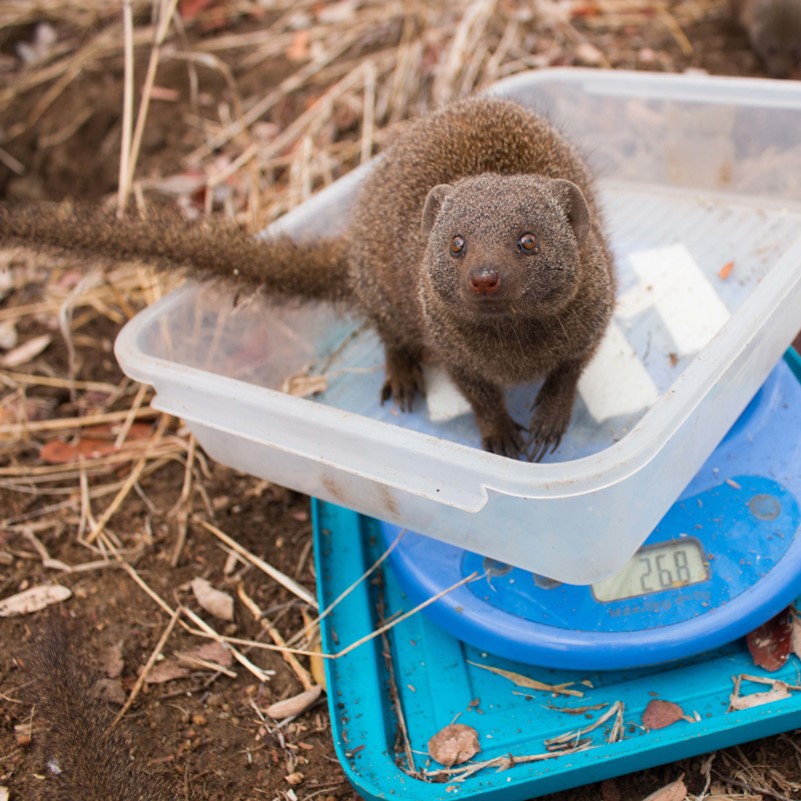Proceedings B recently published a paper that looked at agnostid (extinct arthropods) ecology and evolution.

Proceedings B recently published a paper that looked at agnostid (extinct arthropods) ecology and evolution. The first author of the paper, Joseph Moysiuk, is a first year PhD student at the University of Toronto. We asked him a few questions about his research, what it was like to publish in the journal and advice he had for other PhD students looking to get their research published.
Tell us about your paper?
Our paper focusses on agnostinids, an extinct group of arthropods (distant relatives of modern insects, spiders, crabs and millipedes) that evolved over half a billion years ago and survived for nearly 100 million years. The name agnostinid means unknown, in reference to the fact that early natural historians were unsure of what sort of animal they were looking at. Most researchers in the early twentieth century settled on the view that agnostinids were bizarre members of the Trilobita, an iconic group of extinct arthropods that was extremely diverse and prolific before the age of dinosaurs. This thinking changed in the 1980s following the discovery of tiny fossilised larval agnostinids preserving soft tissues, including seemingly crustacean-like appendages, in Sweden. Fierce debate ensued: could agnostinids be more closely related to crustaceans? Our paper discusses the discovery of adult agnostinids with exceptionally preserved limbs and internal organs from the Burgess Shale in B.C., Canada and their implications for what palaeontologists have referred to as the agnostid problem.
Were there any surprising observations made?
Yes! Overall, our study of the new agnostinid fossils revealed that they are quite similar to the fossil ‘larvae’ from Sweden, but we discovered some important new features that were not evident from the Swedish material. Most notably, agnostinids had 6 pairs of limbs incorporated into their heads. This clashes with the typical situation in crustaceans (5 pairs) and trilobites (4 pairs), although some more distant trilobite relatives possessed a similar head configuration.
What implications does your research have on the field?
Our analysis reveals that agnostinids are in fact closely related to trilobites. Their crustacean-like limb features likely represent a case of evolutionary convergence. However, instead of being a highly derived group as previously assumed, agnostinids may tell us about the ancestry of the trilobite group as a whole. Our work adds to a growing body of evidence that the heads of many early arthropods were rather variable in segmental composition. The stable condition seen in several modern groups, like insects or spiders and their relatives, seems to have not been the rule among early fossil groups. Additionally, considering the length of time that agnostinids have perplexed palaeontologists, the discovery of soft tissues and the resolution of their relationship with other arthropods is a major coup.
Tell us about yourself, your research and what inspired this study?
I am a first year PhD student at the University of Toronto and I work in the palaeobiology lab of Dr. Jean-Bernard Caron at the Royal Ontario Museum (ROM). I have been fascinated with fossils and evolution since I was young. In 2014, after interning as a high school coop student at the ROM, I got my first chance to join Dr. Caron at the Burgess Shale, to explore the recently described Marble Canyon locality in Kootenay National Park (British Columbia). Considering the world-renowned reputation of the Burgess Shale for its soft tissue preservation of some of the earliest known animals, and the initial estimates that 22% of species from this new site were previously unknown to science, this was a dream come true. During the 2014 ROM-led expedition we discovered a number of fossil specimens that ended up being particularly important for our agnostinid study. At this time, I was also introduced to the agnostid problem through discussion with then-PhD student Cédric Aria. All this ultimately stimulated my work on agnostinids, which represents my second publication on the fossils of the Burgess Shale.

It’s the first paper that you have published in Proceedings B, what made you submit to the journal and what was your experience of the process?
Last year I took an undergraduate seminar in the Department of Ecology & Evolutionary Biology (University of Toronto) that was co-taught by Prof. Spencer Barrett. I had solicited Prof. Barrett’s advice about graduate school and at the end of our conversation he told me I should remember to consider Proceedings B for my future publications. I was further drawn to submit to Proceedings B by its broad biological readership and its excellent reputation among colleagues. The submission, peer review and publication processes were very efficient, and quicker than I expected.
Do you have any advice for other PhD Students on how to go about publishing their work?
From my experience thus far, I would say you should seek out and pay close attention to the advice of others whenever you can, but ultimately you have to trust yourself. Don’t let the fear of being wrong hold you back.
Proceedings B is looking to publish more high quality research articles and reviews covering the field of paleobiology. If you have an idea for a review, we strongly encourage you to submit a proposal by completing our proposal template and sending it to the journal. Find more information about the journal and the submission process.
Image credits:
1 - Burgess Shale crew in 2014 at Marble Canyon. From left to right, Dr. Jean-Bernard Caron (ROM/U of Toronto), Jesse Chadwick (Alamo Council of Governments), Joseph Moysiuk (U of Toronto), Emma Arvestal (Uppsala University), Manuel Arab (University of Waterloo), Dr. Karma Nanglu (Smithsonian), Dr Cedric Aria (Nanjing Institute of Geology and Paleontology), Dr. Gabriela Mangano (University of Saskatchewan), Dr. Robert Gaines (Pomona College), Dr. Michael Streng (Uppsala University). Photo credit to J.-B. Caron.
2 - Marble Canyon (Kootenay National Park, Canada) where the important fossils were found. Photo credit to J. Moysiuk.



